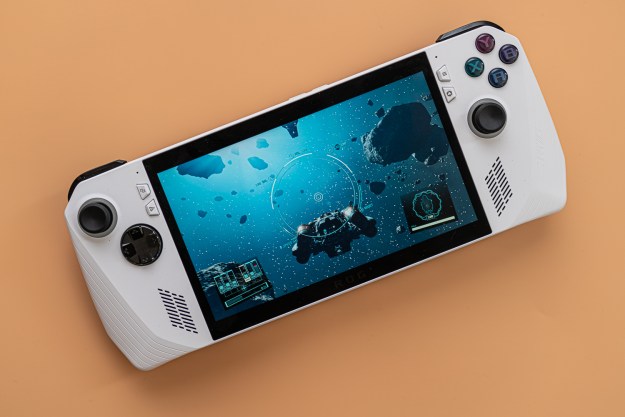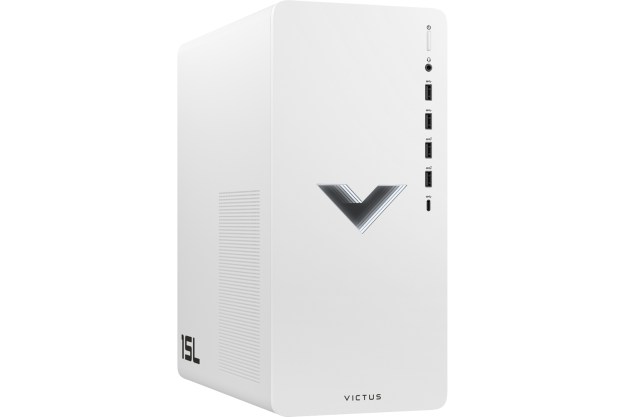I never considered an ergonomic mouse as a viable option. As a PC gamer, putting comfort over performance never felt like a proper trade-off.
That all changed when I seriously injured my hand and found myself desperate for a solution that didn’t involve quitting both my job and hobbies.
To my surprise, all it took to alleviate the stress on my hand was $25 and some dedication.
Just one punch

About a month ago, I was at my local boxing gym that I’ve been going to for over 10 years, and I threw a straight right at the 300-pound heavy bag. For the first time in all of my boxing career, I screamed in pain.
Prior to this injury, I had been dealing with carpal tunnel on and off for a couple of months, and boxing only irritated it more. But this was different. I knew that I was in for bad news, but I stubbornly hoped that just limiting use of my right hand when away from my computer would help.
The doctor repeatedly said to give my hand a break, but with the amount of hours I spend a day typing, writing reviews on keyboards, and gaming, it didn’t seem like a practical option. I continued using my regular gaming mouse, the Logitech G Pro Wireless, and the pain only got worse.
Finally, a friend suggested a vertical mouse. As he explained, the way these mice position your hand could reduce some of the pressure on my wrist that was causing the pain.
I was so desperate that I set aside my favorite gaming mouse and began the hunt for a proper ergonomic mouse.
Easing my aches
My options started with a recommendation from my friend, the Logitech MX Vertical. I considered it, but the idea of spending $100 on a mouse I would probably hate using was a bit absurd.
Instead, I went and got the Lekvey Vertical Wireless Mouse for $25, a cheap product sold on Amazon that allowed me to dip my toe into the waters of vertical mice without a big upfront investment.

When I first got the mouse in my hands, I was skeptical. Its grip was off-putting and unlike anything I’d ever held.
Then again, it’s supposed to feel different. Vertical mice are designed to do exactly what I needed, which is to take pressure off of my wrist by forcing me to grip the mouse at a 57-degree angle. As is often said, using the mouse feels like giving someone a firm handshake without the competition over who has a stronger grip.
Still, getting used to the mouse was rough. I kept looking longingly at the Logitech G Pro Wireless on my desk, but every time I switched for a few hours, I regretted it. I’d get careless, and soon enough, the pain would return.
It’s almost surreal how big of an impact a $25 mouse has had on my life.[/pullquote]Aside from writing, I also play a lot of PC games, and I won’t lie, the Lekvey isn’t the best mouse for gaming. The weight of the mouse doesn’t feel properly distributed, the skates on the bottom aren’t that slick, and the rubbery texture makes my hands sweat.
I am the type of player who goes for the above round 50 runs in Call of Duty: Blacks Ops Cold War, which can last well over two hours in one sitting. That’s a lot of fast clicking and jerky hand movements.
But comparing it to a proper gaming mouse isn’t fair. What this vertical mouse has done to help me continue work and game more than makes up for the difference.
It’s pretty surreal how the purchase of a $25 mouse allowed me to keep doing the things I love.
The pain is practically nonexistent. And while I haven’t returned to boxing at full strength, I can hit the heavy bag again without being scared of hurting myself more.
I can’t guarantee that my story will be the answer for you if you’re dealing with a similar injury. But for as little as $25, it’s certainly worth a shot. I, for one, can’t see myself ever going back to a regular mouse.




